This is Loki. She is a female Mexican striped owl (Asio clammator midas). Loki came to me on May 1st 2014. She is a captive bred bird from a breeder who initially has his species for sustaining owl numbers. However, Loki could not be released into the wild due to the fact that when she was young she developed a lot of bruising in her stomach. By animal welfare law it’s classed as cruelty to release a species into the wild if it has a limited chance of survival and with her not being in peak condition because of this her chances of survival would be very limited.
I have had a background in falconry for 12 years and with various animal species for a lot longer. After doing a lot of training at volunteering at various wildlife and bird of prey sanctuaries, I started my venture in keeping captive birds of prey. I have hand reared various species of raptor and rehabilitated many from the wild due to injury. I actually came across Loki completely by accident after enquiring about taking on another baby Mexican striped owl. With babies being rather hard to come across the baby I called up about had just been reserved, but he offered me her by sheer chance. Due to her stomach problems and after various vet check-ups to determine the damage she has been left with some permanent damage so her feeding has to be very carefully monitored and supplemented more than you would a normal owl.
At this current time, Loki is an ambassador for the educational group I am currently setting up that promotes conservation and preservation of species (both captive and wild populations) and their environment. However she is not taken around and allowed to be petted by crowds of people as not only is it really bad for any owls feathers (the oils in a humans skin is very detrimental to their feathers as it strips away the limited amounts of waterproofing oils they have) she is treated accordingly taking her natural instincts into account as much as possible, despite the fact she is imprinted to me. The educational sessions aim to promote ways that everybody can be a part of conservation no matter what their background or current situation, whilst providing them with an opportunity to see some of the creatures they could help in person.
As a person who also rescues and rehabilitates wildlife as well as keeping unusual creatures from various backgrounds, it’s important for me to have an understanding of how that particular species would act in the wild. The keeping of exotics is arguably a controversial one, as is conservation, and I can’t deny that there are some elements I personally don’t agree with mainly in the forms of not catering for an individual’s needs based on their natural instincts. Some people think they shouldn’t be kept altogether, saying that if I released Loki or any of my other animals they would surely die because of their dependence on me for survival, but unfortunately the pet industry will keep churning out animals because of the profit people can make. Often these species have no concept of living in the wild so if the captive bred species were released; it would probably be more cruel than kind even if most retained some of their natural instincts. I would rather be someone who could set an example of how a species should be kept because if done correctly it could be highly beneficial for certain species.
More info: Facebook
This was the day I picked her up, aged 4 weeks old. She is a captive bred bird from a breeder who initially has his species for sustaining owl numbers
Unfortunately, Loki could not be released into the wild due to the fact that when she was young she developed a lot of bruising in her stomach
As an imprint owl, she would look at me as almost a parent role, often falling asleep on me
She was a very curious little baby!
As she got older, I would sit outside with her quite alot to get her used to the area she would eventually be living in
She is a diurnal/crepuscular species so it’s not unusual to see them awake in the day
I never left her unattended due to our native wildlife probably harassing her
She is treated accordingly taking her natural instincts into account as much as possible, despite the fact she is imprinted to me
Loki out on a flying session. She loves to perch and observe her surroundings
Owls will spend hours sometimes just perched watching the world go by
Sporting her adult feathers during a preen (preening is the term for her cleaning her feathers)
At this current time, Loki is an ambassador for the educational group I am currently setting up that promotes conservation and preservation of species
8Kviews
Share on FacebookWhat a wonderful story. It is so heart warming to know that there are still great people who are not selfish. You are a beautiful person. God bless you dear.
Thank you for your kind words! :-)
Load More Replies...Awwwwww. That I so beautiful. You are truly and inspiration and that was a wonderful thing to do. Truly amazing.
Thank you so much :-) It means alot!
Load More Replies...Hi, Her average lifespan in captivity would be about 20 years :-)
Load More Replies...What a wonderful story. It is so heart warming to know that there are still great people who are not selfish. You are a beautiful person. God bless you dear.
Thank you for your kind words! :-)
Load More Replies...Awwwwww. That I so beautiful. You are truly and inspiration and that was a wonderful thing to do. Truly amazing.
Thank you so much :-) It means alot!
Load More Replies...Hi, Her average lifespan in captivity would be about 20 years :-)
Load More Replies...
 Dark Mode
Dark Mode 

 No fees, cancel anytime
No fees, cancel anytime 







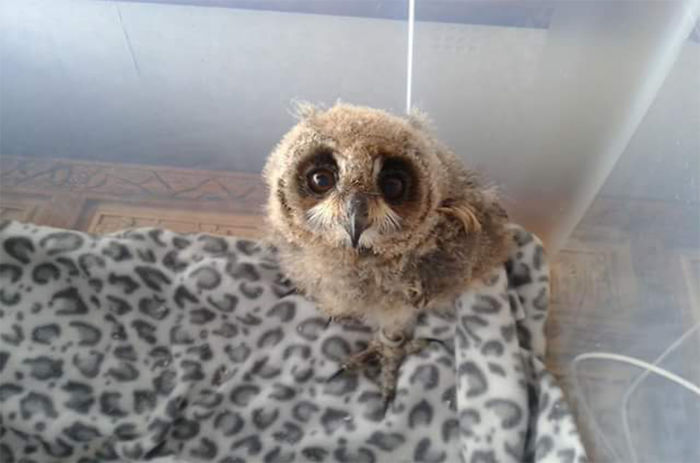
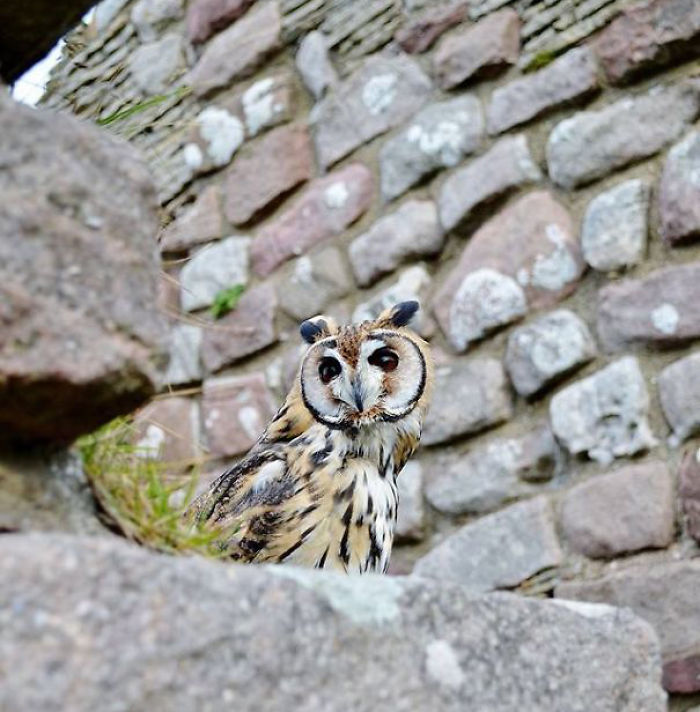
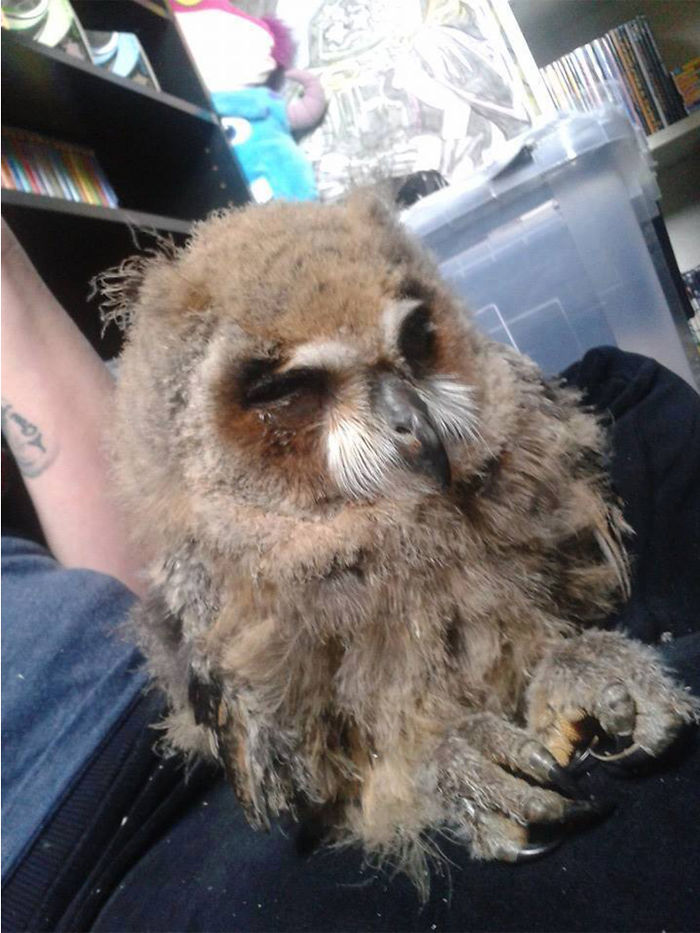
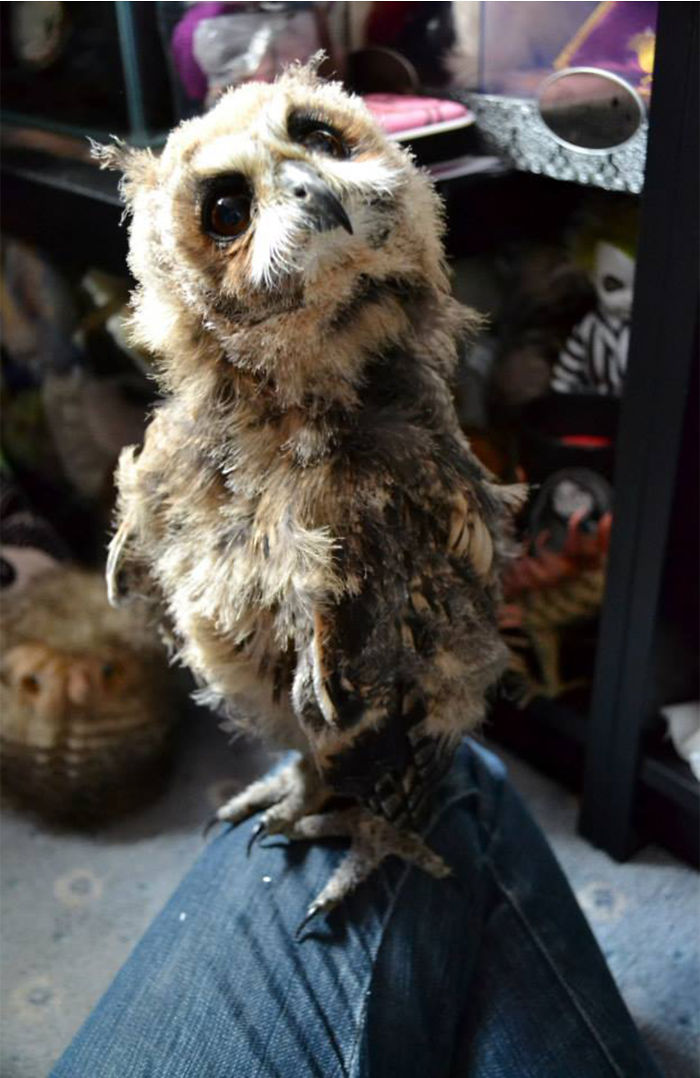
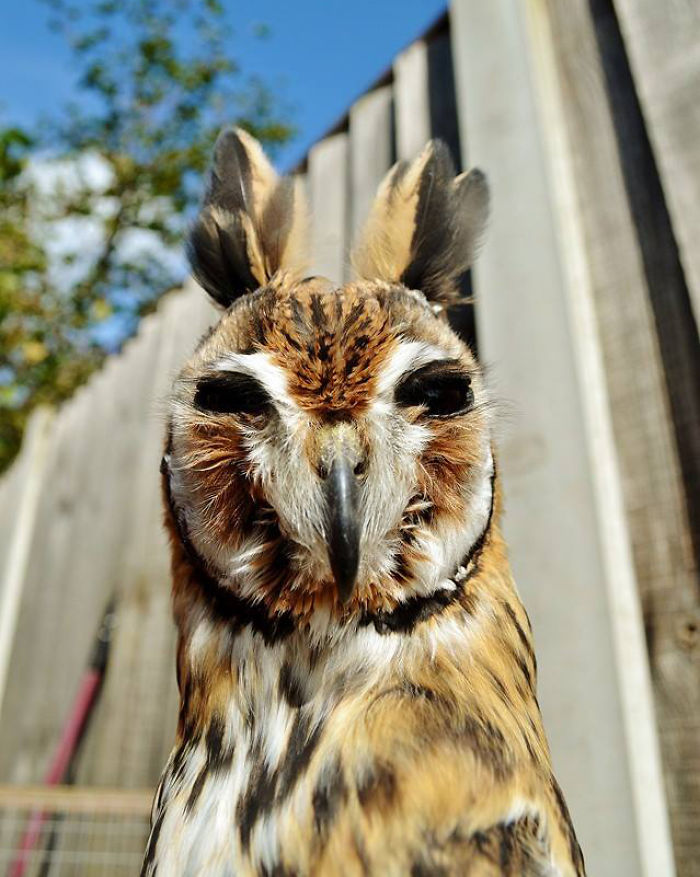
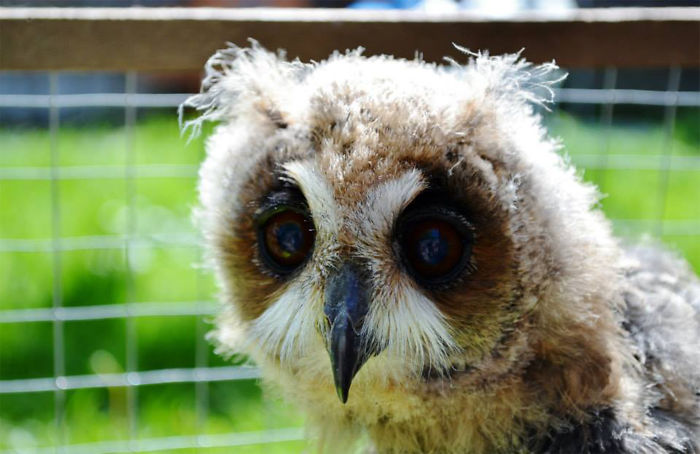
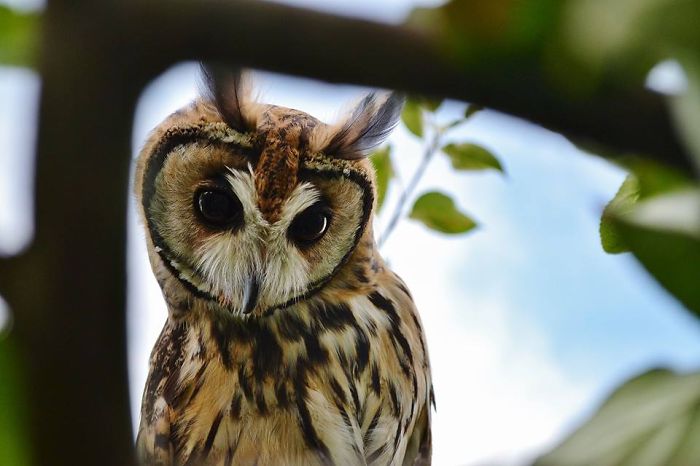
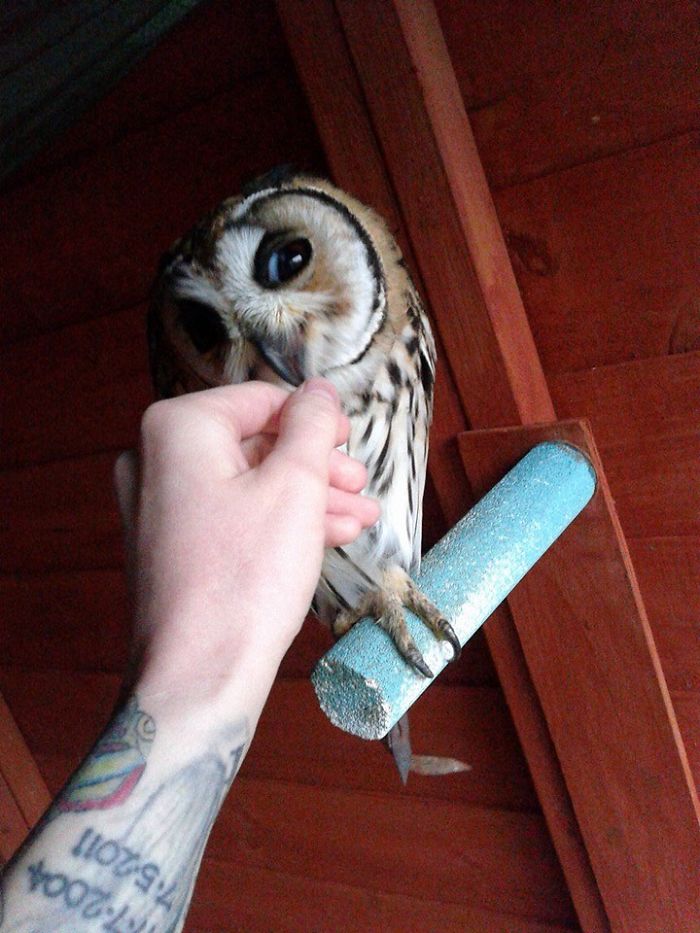
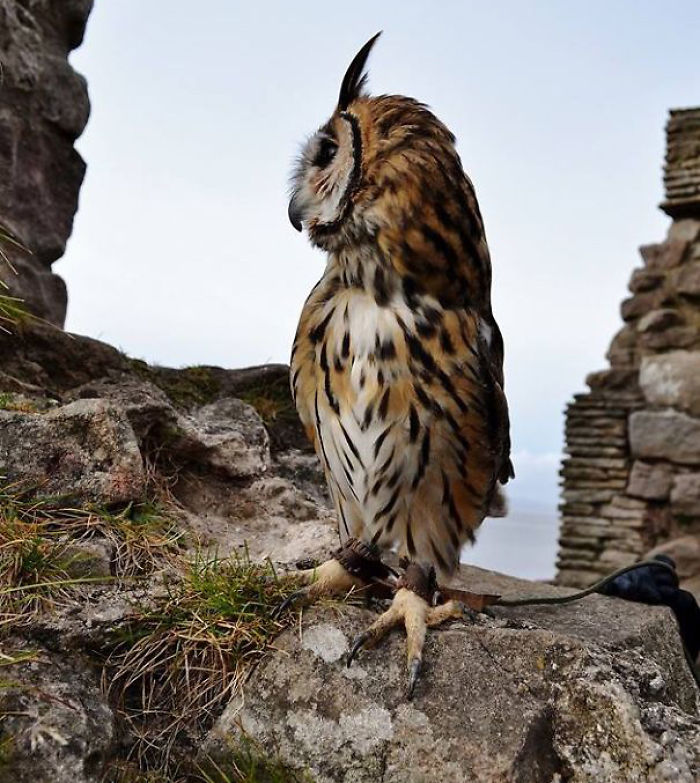
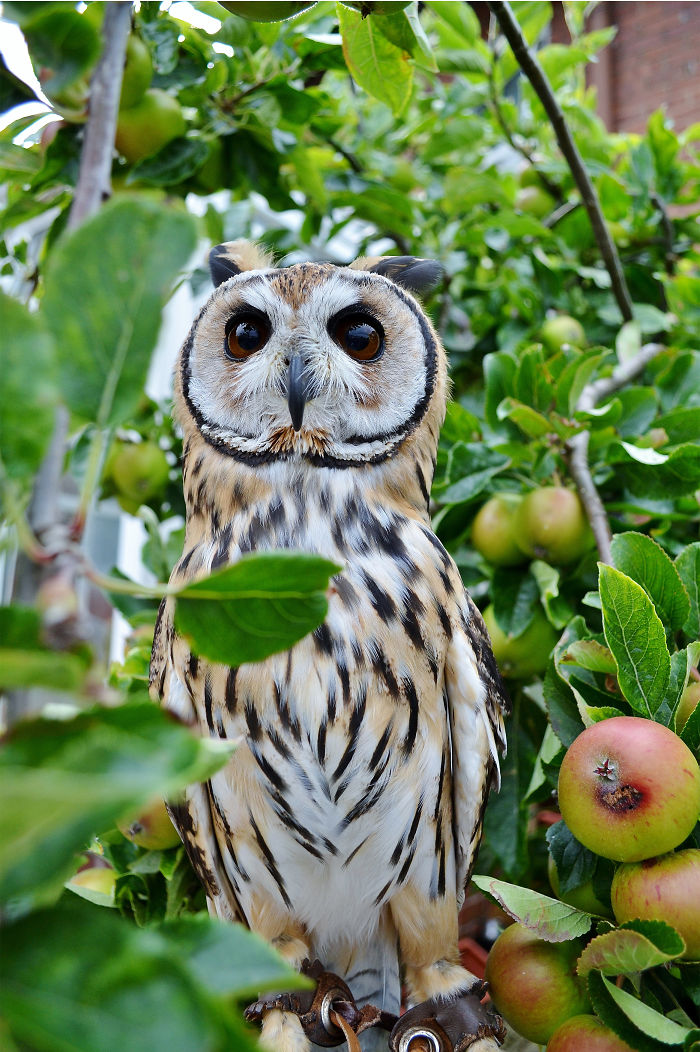
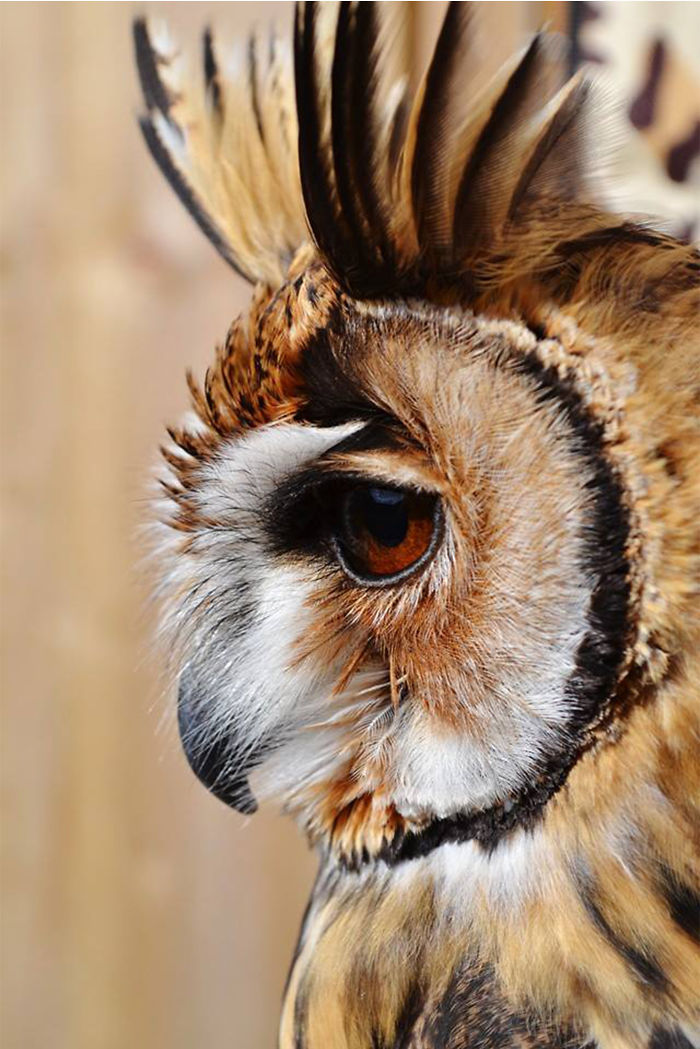
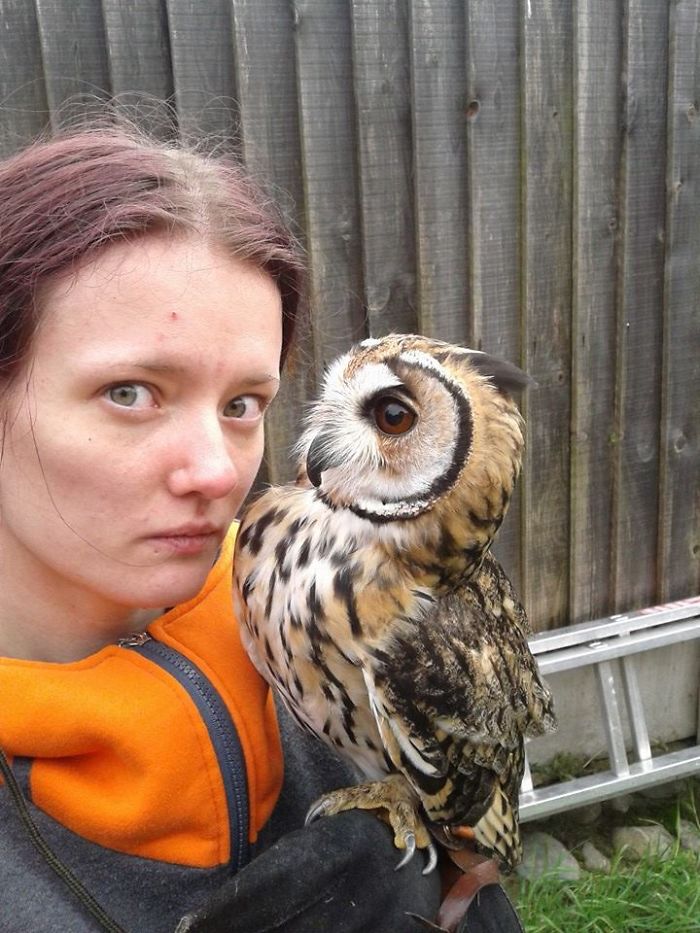











































123
12